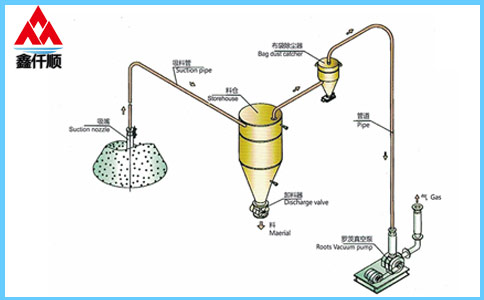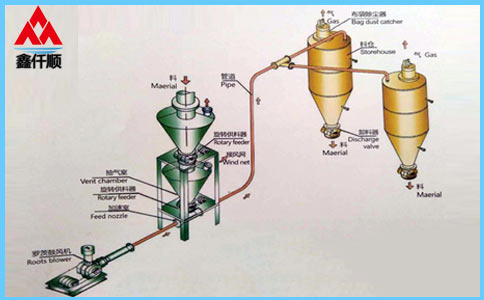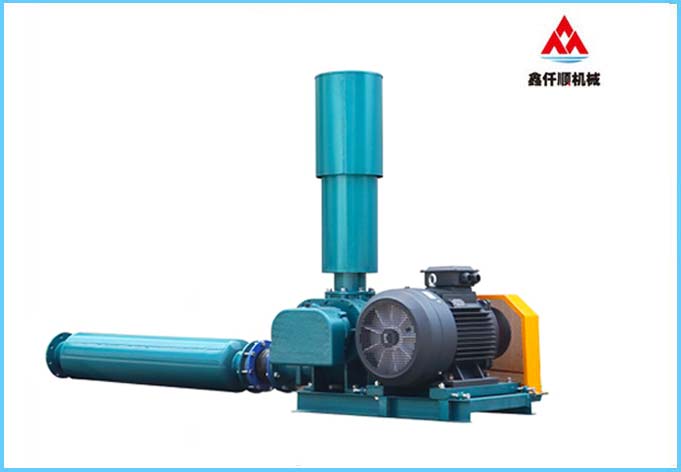What are the requirements of Roots blower for dust particles?
Source: Roots blower manufacturer
Released on: November 27, 2023
Hits:
Related information
-
Sharing of application skills of Roots blower in pharmaceutical industry -
Application value of Roots blower in metallurgical industry -
Prospects for the application of Roots blower in coal processing? -
Innovative application of Roots blower in printing and packaging equipment -
High efficiency operation skills of Roots blower in refrigeration system of cold storage -
Introduction to the operation principle of Roots blower in pharmaceutical cleaning equipment -
What should be paid attention to when using Roots blower to transport hydrogen? -
Roots blower is a common environmental protection equipment in sewage treatment -
Why is the hot air coming from Roots blower? -
Introduction to the small tricks of Roots blower maintenance
Xinqianshun's latest products
Random articles
-
Pay attention to the exhaust pressure when using Roots blower! -
What are the requirements of Roots blower for hairy crab aquaculture? -
Selection of Roots blower, what problems should be considered when selecting and purchasing Roots blower -
Cause of failure to start high-pressure roots blower -
What should be done for routine maintenance of high-pressure Roots blower? Need to know -
Roots blower maintenance: How much do you know about Roots blower maintenance skills -
How does Roots blower aerate? How should I choose? -
Prevent sudden shutdown of Roots blower under load? -
What is the purpose of Roots blower for power plant? -
Which parts of Roots blower need to be overhauled
Latest news articles
-
Sharing of application skills of Roots blower in pharmaceutical industry -
Application value of Roots blower in metallurgical industry -
Prospects for the application of Roots blower in coal processing? -
Innovative application of Roots blower in printing and packaging equipment -
High efficiency operation skills of Roots blower in refrigeration system of cold storage -
Introduction to the operation principle of Roots blower in pharmaceutical cleaning equipment -
Application of Roots blower in sewage treatment -
What should be paid attention to when using Roots blower to transport hydrogen? -
Roots blower should be properly and timely maintained -
Roots blower is a common environmental protection equipment in sewage treatment









